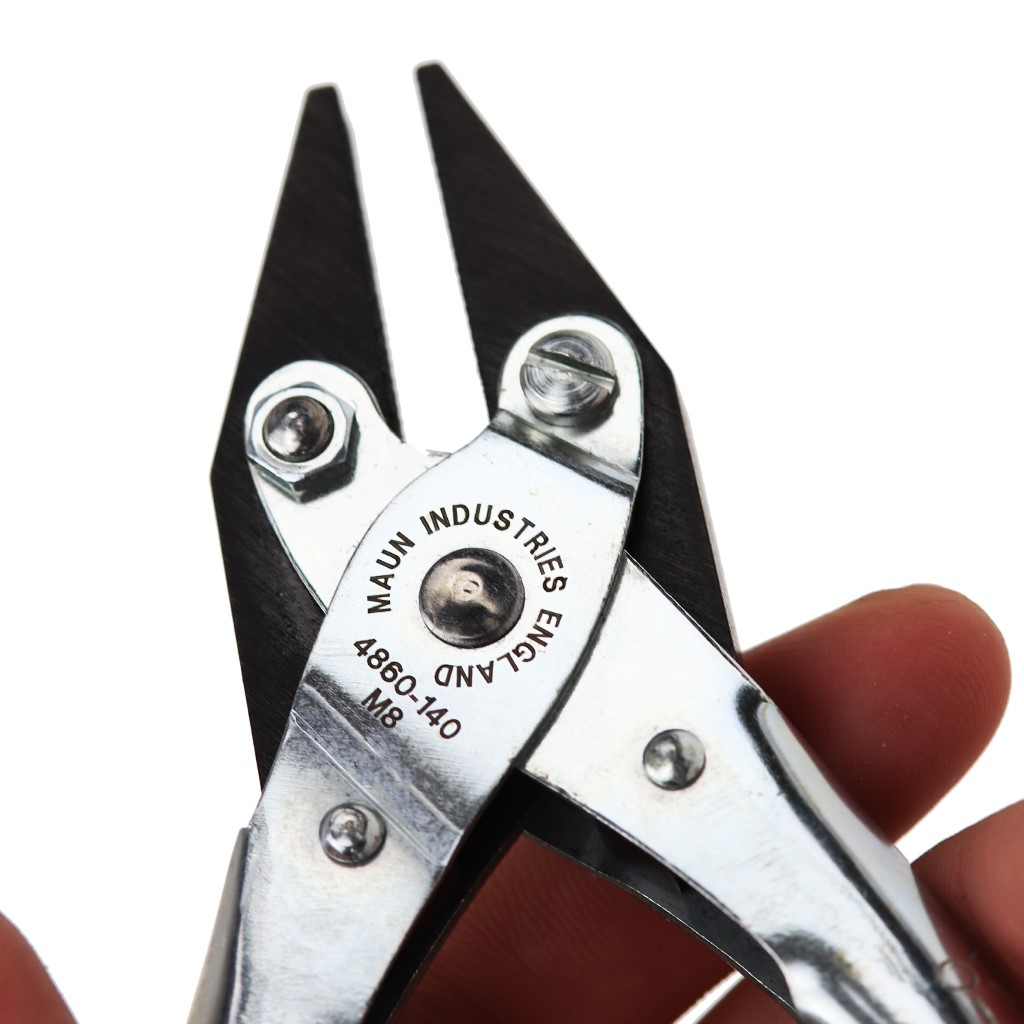
Pliers are versatile and indispensable tools in do-it-yourself (DIY) projects. These handy tools make home improvement tasks easier and more enjoyable. With various types and sizes, there’s a pair of pliers for every job.
But before using any pliers for your DIY project at home, it’s best to understand their types and uses. Learning about the unique features of each kind helps you tackle tasks precisely. Moreover, knowing which pliers to use saves time and effort and prevents potential material damage.
If you’re a homeowner or renter passionate about DIY projects, this article is for you. Explore the world of pliers, discover diverse applications, and receive expert advice on selecting the right type. Get inspired by new project ideas, learn practical and safe plier usage, and expand your tool knowledge.
Understanding different types of pliers can help you choose the right one for your needs. Here are some common plier types and their uses:
Choose Parallel-Action Pliers
It’s ideal to use suitable pliers for delicate projects, like fixing small chains. The Maun Industries pliers guide says that parallel pliers offer more grip than scissor-action pliers, which is ideal for a range of DIY jobs around the home.

Parallel Pliers by Maun
Consider Needle-Nose Pliers
These have long, thin jaws. They’re perfect for gripping, bending, and shaping wires. They’re commonly used in electrical work and jewelry making.
Try Diagonal Cutting Pliers
Designed with sharp cutting edges, and these pliers are ideal for cutting wires and cables. They provide clean cuts and are essential for electrical projects.
Familiarizing these plier types ensures you have the right tool for your DIY projects.
DIY Projects You Can Do With Pliers
The following are ways to use pliers at home:
- Bending And Shaping Wires
Needle-nose pliers excel in bending and shaping wires, making them perfect for electrical work. Their long, thin jaws enable secure wire gripping and easy manipulation into the desired shape. Consider visiting sites like civildigital.com or similar sources for more information.
- Cutting Wires And Cables
With their sharp cutting edges, diagonal cutters are ideal for slicing wires and cables. For maximum leverage and a clean cut, position the wire close to the pliers’ pivot point. Don’t forget to wear safety glasses to shield your eyes from flying debris.
- Gripping And Turning Nuts And Bolts
Slip joint pliers, also known as adjustable pliers, are excellent for grasping and rotating nuts and bolts. Their adjustable jaws permit secure gripping of various fastener sizes. When using slip joint pliers, ensure the jaws firmly grip the nut or bolt. Doing so prevents slipping and fastener damage.
- Removing Nails
Curved jaw tools, such as end-cutting pliers or nail pullers, effectively extract nails from wood or other materials. To remove the nail, grasp its head with the tool and use a rocking motion. However, exercise caution to avoid damaging the surrounding material.
- Repairing Or Replacing Zippers
Needle-nose pliers can mend or replace stuck zippers on clothing and bags. Their thin jaws easily hold small zipper components.
To fix a zipper, consider cutting damaged parts and replacing them with new ones. This ensures accurate teeth alignment.
- Straightening Bent Objects
Use flat, smooth jaw tools to straighten bent items like metal rods or wires. It’s best to grip the bent area and exert pressure to straighten it. Repeat until the object is straight and kink-free.
- Creating Loops And Eyelets
Tools, notably round-nose pliers, can fashion loops and eyelets in materials such as wire, rope, and fabric. The rounded jaws form sleek, uniform circles. For optimal results, try gripping the material and twisting it around the jaws to achieve the desired loop size.
Tips For Choosing The Right Pliers For DIY Projects
Choosing the proper pliers for your DIY projects is vital for optimal results and safety. Here are some tips to help you select the perfect pliers for your needs:
- Identify The Task: Determine the pliers’ primary purpose. For instance, solving drain issues might require water pump pliers. As for slicing cables, you might need diagonal cutting pliers.
- Consider The Size: Pliers come in various sizes, and picking the right size is crucial. Larger pliers offer more grip, while smaller ones suit tight spaces.
- Examine Jaw Types: Pliers feature different jaws, such as serrated, smooth, or round. Serrated jaws provide a better grip but may damage delicate materials. Alternatively, round-nose pliers excel at forming wire loops and bends.
- Look For Quality Materials like drop-forged steel or chrome vanadium. They guarantee durability and long-lasting performance.
- Prioritize Comfort And Safety: Opt for pliers with ergonomic handles and non-slip grips. This option ensures comfortable and safe use during DIY projects.
With these suggestions, you can decide which pliers are perfect for each task. That way, you could enhance your tool collection and expand your skills.
Final Thoughts
Pliers are crucial for many home DIY projects. Their adaptability makes them a toolbox necessity, enhancing your DIY experience.
When starting your next project, apply your plier expertise and skills. Carefully choose the right plier type and follow safety precautions for a successful DIY experience. This method will help you become a proficient, self-assured home DIY enthusiast. So, embrace the world of DIY with confidence and transform your living space. Have fun exploring various pliers!
Be the first to comment